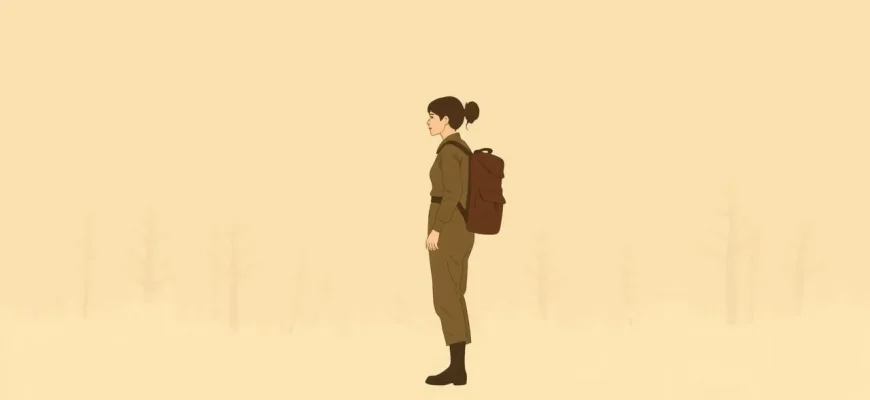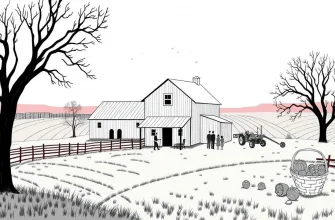Partisan warfare, with its tales of resistance, survival, and often, the fight for freedom, has been a rich vein for dramatic storytelling in cinema. This curated list of 10 films delves into the heart of partisan struggles, offering viewers a glimpse into the lives of those who fought against overwhelming odds. From the dense forests of Eastern Europe to the rugged terrains of Southeast Asia, these films capture the essence of guerrilla warfare, showcasing the human spirit's resilience and the complex moral landscapes of wartime. Whether you're a history buff, a fan of intense drama, or simply looking for compelling stories, this collection promises to deliver unforgettable cinematic experiences.
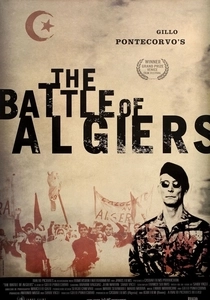
The Battle of Algiers (1966)
Description: A classic in political cinema, this film depicts the Algerian struggle for independence from France, showcasing urban guerrilla warfare in a stark, documentary style.
Fact: The film was banned in France for several years due to its sensitive subject matter and was used by the Black Panthers as a training film.
 Watch Now
Watch Now 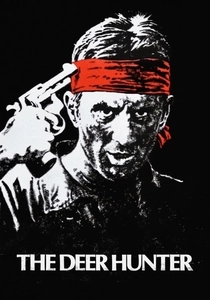
The Deer Hunter (1978)
Description: Although primarily known for its portrayal of the Vietnam War, the film includes scenes of Vietnamese partisans fighting against American forces, highlighting the complexity of the conflict.
Fact: The film was controversial for its depiction of the war, but it won five Academy Awards, including Best Picture.
 Watch Now
Watch Now 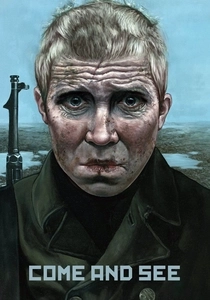
Come and See (1985)
Description: Often hailed as one of the greatest anti-war films, "Come and See" follows a young Belarusian boy who joins the partisans during WWII. The film's harrowing depiction of the horrors of war is unforgettable.
Fact: The film's title is derived from the Book of Revelation, symbolizing the apocalyptic vision of war.
 Watch Now
Watch Now 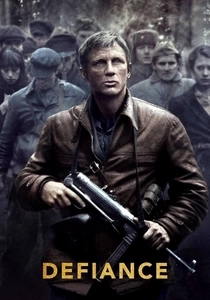
Defiance (2008)
Description: Based on a true story, "Defiance" follows the Bielski brothers who lead a group of Jewish partisans in Belarus during WWII, creating a refuge in the forest for over 1,200 Jews. It's a testament to human endurance and the will to survive against all odds.
Fact: The film was shot in Lithuania, where the actual events took place, and the cast underwent extensive survival training to portray their roles authentically.
 Watch Now
Watch Now 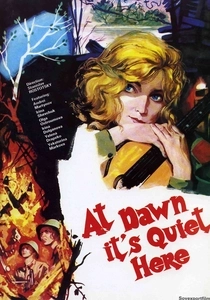
The Dawns Here Are Quiet (1972)
Description: Set during WWII, this Soviet film follows a group of female anti-aircraft gunners who become partisans after their unit is destroyed. Their journey is one of bravery, sacrifice, and the harshness of war.
Fact: The film was remade in 2015, but the original remains a classic for its portrayal of the Soviet women's contribution to the war effort.
 Watch Now
Watch Now 
The Wind That Shakes the Barley (2006)
Description: This film explores the Irish War of Independence and the subsequent Civil War, focusing on the IRA's guerrilla tactics against British forces.
Fact: The film won the Palme d'Or at the Cannes Film Festival, highlighting its critical acclaim.
 30 Days Free
30 Days Free 
The Partisans (1969)
Description: This Yugoslavian film tells the story of a group of partisans fighting against the Nazis during WWII. It's a gritty, realistic portrayal of the harsh realities of guerrilla warfare.
Fact: The film was one of the first to depict the partisan movement in Yugoslavia, and it was critically acclaimed for its realistic battle scenes.
 30 Days Free
30 Days Free 
The Battle of Neretva (1969)
Description: This epic war film depicts the famous battle during WWII where Yugoslav partisans outmaneuvered the Axis forces. It's a grand scale portrayal of partisan strategy and bravery.
Fact: The film was one of the most expensive European films ever made at the time, with a budget of over $12 million.
 30 Days Free
30 Days Free 
The Bridge (1969)
Description: Set in WWII Yugoslavia, "The Bridge" focuses on a group of young partisans tasked with destroying a bridge to halt the German advance. It's a poignant look at the cost of war on the young.
Fact: The film was inspired by a real event where young partisans sacrificed themselves to blow up a bridge.
 30 Days Free
30 Days Free 
The Red Chapel (2009)
Description: While not a traditional war film, "The Red Chapel" follows a group of Danish comedians who infiltrate North Korea as part of a cultural exchange, showcasing a different form of resistance and guerrilla tactics.
Fact: The film was banned in North Korea, and the director had to smuggle out the footage.
 30 Days Free
30 Days Free 
